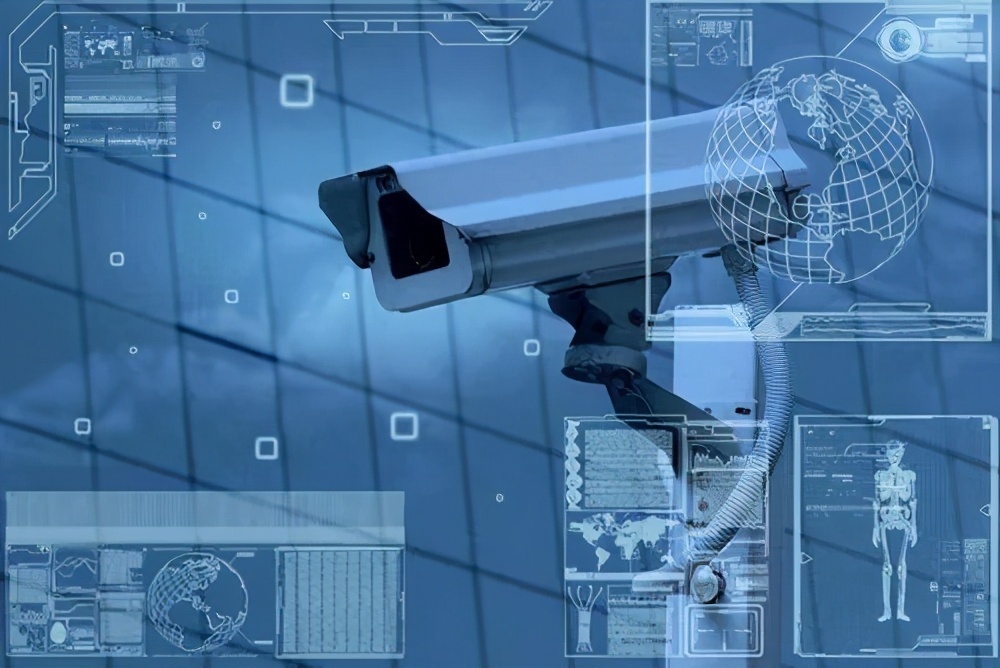Application of intelligent sensor in modern security system

An intelligent sensor is a device that inputs from the physical environment and uses built-in computing resources for predefined functions, and then processes the data before transmitting it. Smart sensors can collect environmental data more accurately and automatically, thus reducing false noise. The device is used in a variety of environmental monitoring mechanisms including smart grids, battlefield reconnaissance, exploration, and many scientific applications.
Intelligent sensors are also the Internet of Things (IoT) The Internet of Things is an increasingly common environment. In this environment, almost anything imaginable can be equipped with a unique identifier, and data can be transmitted over the Internet or similar networks. One way to implement smart sensors is as a wireless Sensor and Actuator Network (WSAN) component, which can have thousands of nodes, each connected to one or more other sensors, sensor hubs, and individual actuators.
Computing resources are typically provided by low-power mobile microprocessors. At least smart sensors consist of sensors, microprocessors, and some communication technology. Computing resources must be an integral part of the physical design - sensors that only send data for remote processing are not considered smart sensors.
The intelligent sensor BQ4017YSC-70 consists of three components: a data capture sensor that calculates the sensor output through programming and communication functions, and a microprocessor. In addition to the main sensor, the smart sensor also includes other components. The component may include sensors, amplifiers, excitation control, analog filtering, and compensation. Intelligent sensors also include software-defined elements that provide data conversion, digital processing, and communication with external devices.
How do smart sensors work?
Intelligent sensors connect the original base sensor with integrated computing resources to process the sensor's input.
Basic sensors are components that provide sensing capabilities. It can be used to sense heat, light or pressure. In general, basic sensors produce analog signals before use. Smart sensor integration technology works here. The board microprocessor filters the signal noise and converts the sensor signal into a usable digital format.
Intelligent sensors also include integrated communication functions that can be connected to special networks or the Internet. In this way, it can communicate with external devices.
What is the use of smart sensors?
Intelligent sensors have countless use cases. They are commonly used in industrial Settings and are the driving force behind Industry 4.0.
Factories often use smart temperature sensors to make sure machines don't overheat, and vibration sensors to make sure machines don't come loose from vibration. In order to meet quality or production goals, smart sensors can also control monitoring processes (such as manufacturing projects) and make any possible adjustments. This used to be a manual process, but smart sensors can be used to control automatic processes.
In modern security systems, smart sensors also play a key role. Thermal imaging sensors can be used to detect an intruder's body temperature. Similarly, devices such as smart locks, motion sensors, door and window sensors are often connected to public networks. It enables security sensors to work together to create a comprehensive picture of the current state of security.
What are the different types of smart sensors?
There are five main types of smart sensors used in industrial environments. Although there are many special sensors available today, they are usually based on one of five types of sensors.
Liquid level sensor. A level sensor measures the volume of space occupied in a container. To monitor the fuel level in the tank, the vehicle's fuel gauge can be connected to a level sensor.
Temperature sensor. A temperature sensor is a sensor that can monitor the temperature of a component and take corrective action if necessary. For example, in industrial environments, temperature sensors can be used to ensure that machines do not overheat.
Pressure sensor. Pressure sensors are commonly used to monitor the pressure of gas or liquid in a pipeline. A sudden drop in pressure may indicate a leak or flow control.
Infrared sensor. Some infrared sensors, such as thermal cameras or non-contact infrared thermometers, are used for temperature monitoring. Other infrared sensors are optical sensors that can see the light frequency in the infrared spectrum. Such sensors are used in medical devices such as pulse oximeters and remote control electronics.
Proximity sensor. Proximity sensors are used to detect the position of a person or object relative to the sensor. Proximity sensors can track the movement of customers throughout the store in a retail environment.
What is the difference between an intelligent sensor and a basic sensor?
Intelligent sensors include embedded digital motion processors (DMP), and there are no basic sensors. In essence, DMP is just a microprocessor integrated into a sensor. It enables the sensor to load the sensor data. This could mean data integration, noise filtering, or other types of signal tuning. In any case, the smart sensor performs data conversion and digital processing before communicating with any external device.
A basic sensor is simply a sensor that has no DMP or other computing resources to process the data. A smart sensor can produce a usable output at any time, while the output of a basic sensor is raw and usually needs to be converted into a usable format.
Because they include local processing power, smart sensors are generally superior to basic sensors. Even so, it may be more advantageous to use basic sensors in some cases. If an engineer is designing a device that requires full control over the input of a sensor, it may make more sense to use a basic sensor rather than a smart one. Basic sensors cost less than smart sensors because they have few components.
Although smart sensors are usually associated with industrial equipment, there can be no Internet of Things without smart sensors.
관심을 가질만한 제품
 |
TPCM-2.4-5 | CMC 2.41MH 5A 2LN TH | 6894 More on Order |
 |
AA53002-015 | XFRMR TOROIDAL 300VA CHAS MOUNT | 8352 More on Order |
 |
62051-P2S02 | XFRMR TOROIDAL 15VA CHAS MOUNT | 3312 More on Order |
 |
62044-P2S02 | XFRMR TOROIDAL 10VA CHAS MOUNT | 6048 More on Order |
 |
62034-P2S02 | XFRMR TOROIDAL 7VA CHAS MOUNT | 7938 More on Order |
 |
62025-P2S02 | XFRMR TOROIDAL 5VA CHAS MOUNT | 3924 More on Order |
 |
62005-P2S02 | XFRMR TOROIDAL 1.6VA CHAS MOUNT | 7668 More on Order |
 |
70074K | XFRMR TOROIDAL 35VA THRU HOLE | 6840 More on Order |
 |
70054K | XFRMR TOROIDAL 15VA THRU HOLE | 4716 More on Order |
 |
70043K | XFRMR TOROIDAL 10VA THRU HOLE | 5562 More on Order |
 |
70041K | XFRMR TOROIDAL 10VA THRU HOLE | 2826 More on Order |
 |
70024K | XFRMR TOROIDAL 5VA THRU HOLE | 8748 More on Order |
 |
70015K | XFRMR TOROIDAL 3.2VA THRU HOLE | 7578 More on Order |
 |
70014K | XFRMR TOROIDAL 3.2VA THRU HOLE | 5562 More on Order |
 |
70013K | XFRMR TOROIDAL 3.2VA THRU HOLE | 4392 More on Order |
 |
70011K | XFRMR TOROIDAL 3.2VA THRU HOLE | 7560 More on Order |
 |
62015-P2S02 | XFRMR TOROIDAL 3.2VA CHAS MOUNT | 3780 More on Order |
 |
62082-P2S02 | XFRMR TOROIDAL 50VA CHAS MOUNT | 4986 More on Order |
 |
62033-P2S02 | XFRMR TOROIDAL 7VA CHAS MOUNT | 6480 More on Order |
 |
62084-P2S02 | XFRMR TOROIDAL 50VA CHAS MOUNT | 7284 More on Order |
 |
70005K | XFRMR TOROIDAL 1.6VA THRU HOLE | 7218 More on Order |
 |
AC1050 | CURR SENSE XFMR 50A T/H | 7362 More on Order |
 |
AC1015 | CURR SENSE XFMR 15A T/H | 5166 More on Order |
 |
AC1010 | CURR SENSE XFMR 10A T/H | 5963 More on Order |









